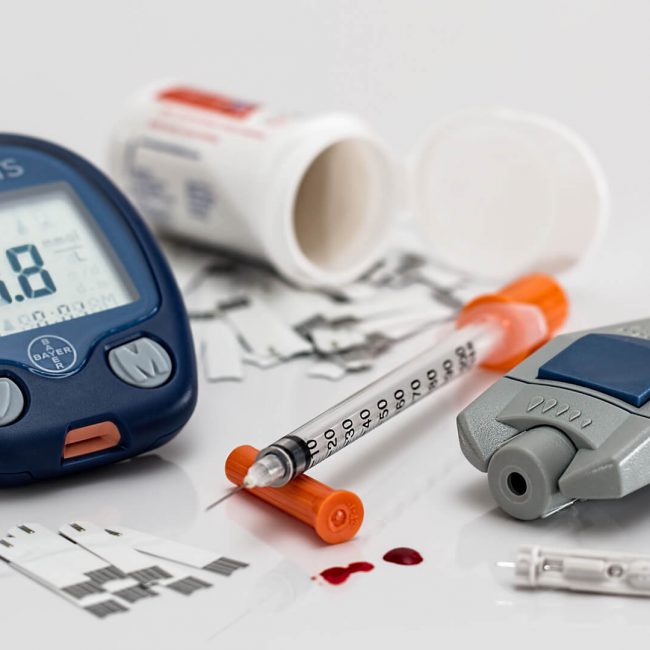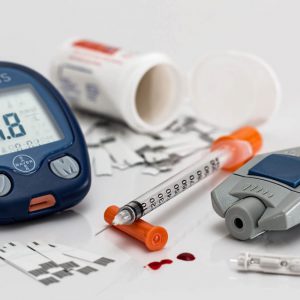Obstetric ultrasound uses sound waves to produce pictures of a baby (embryo or fetus) within a pregnant woman, as well as the mother’s uterus and ovaries. It does not use ionizing radiation, has no known harmful effects, and is the preferred method for monitoring pregnant women and their unborn babies.
This procedure requires no special preparation. Since only your lower abdominal area needs to be exposed for this exam, you may want to wear a loose-fitting, two-piece outfit. Leave jewelry at home.
Obstetrical ultrasound is a useful clinical test to:
1) establish the presence of a living embryo/fetus
2) estimate the age of the pregnancy
3)diagnose congenital abnormalities of the fetus
4) evaluate the position of the fetus
5) evaluate the position of the placenta
6) determine if there are multiple pregnancies
7) determine the amount of amniotic fluid around the baby
8) check for opening or shortening of the cervix
9) assess fetal growth
10) assess fetal well-being



